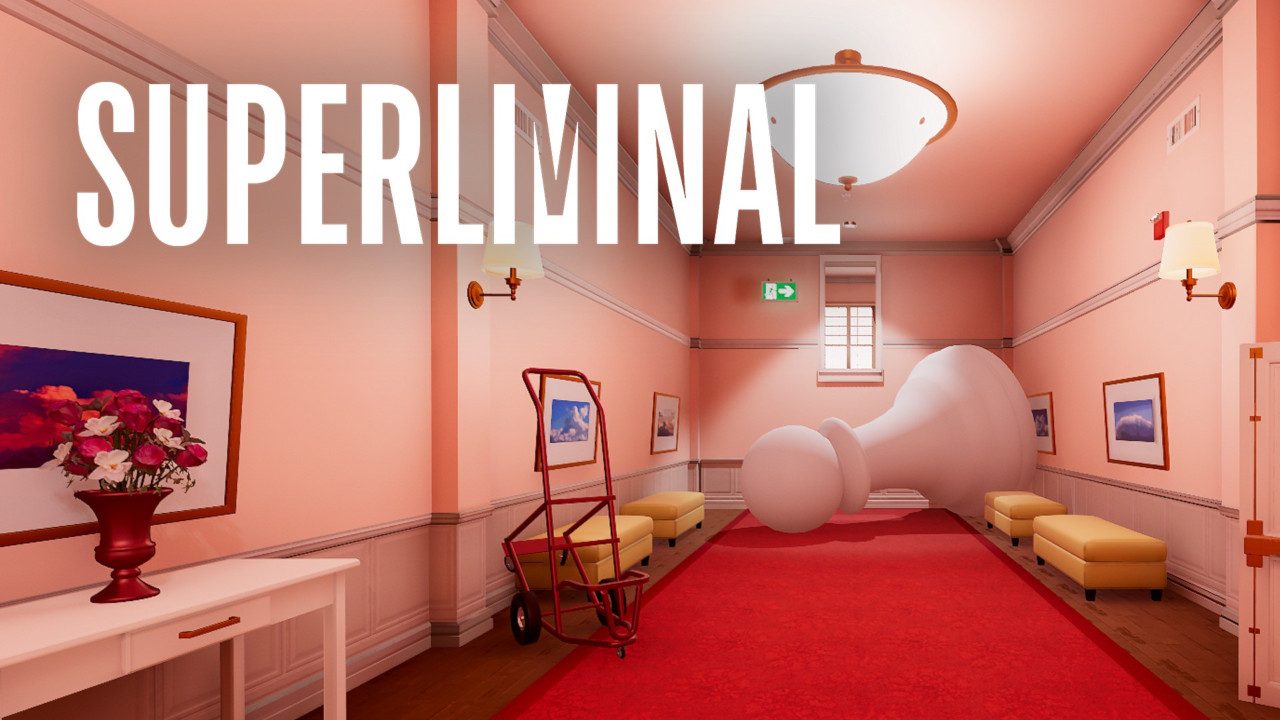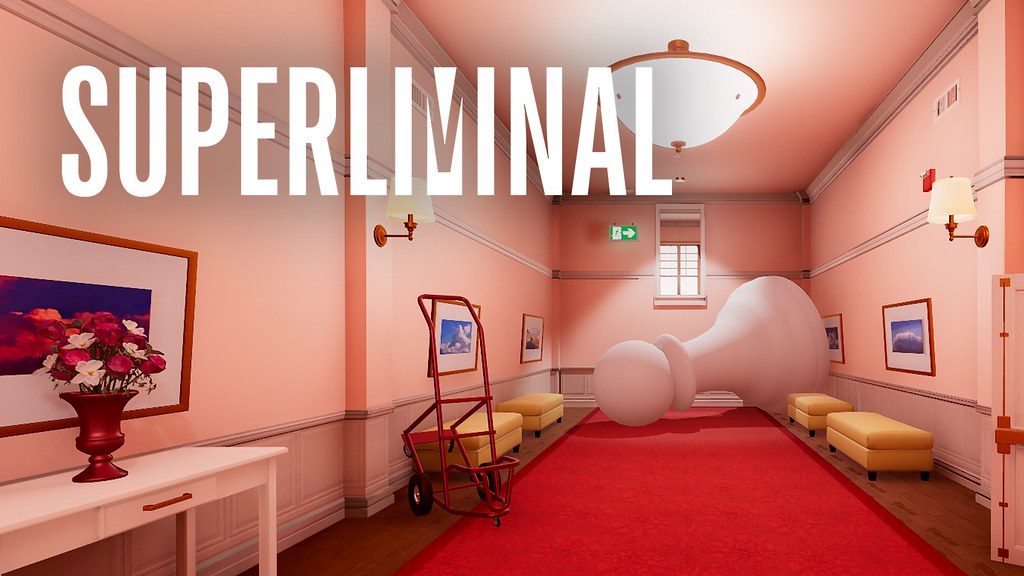Schlagwort: superliminal
-

Breaking down the tech behind Superliminal’s mind-bending illusions
Reading Time: 3 minutesHi, I’m Phil, the graphics programmer on Superliminal, a first-person puzzle game based on perspective. I’m really excited for it to finally come to PS4 on July 7, so more folks can explore the surreal world we’ve created! In this article, we’ll take a look at some of the visual tricks we…
-

Alles zur Technik von Superliminals unglaublichen Illusionen
Reading Time: 3 minutesHi, ich bin Phil, der Graphics Programmer von Superliminal, dem First-Person Puzzle-Game, das sich um die Perspektive dreht. Ich freue mich sehr, dass es am 7. Juli endlich auf PS4 erscheint, damit mehr Leute unsere surreale Welt erkunden können! In diesem Artikel werfen wir einen Blick auf ein paar der visuellen Tricks,…
-

Perception is Reality: Superliminal Coming to PS4
Reading Time: 2 minutesHello everyone! We are Pillow Castle, a six-person indie studio based in Seattle, WA, USA. After six years of development, we’re excited to say that Superliminal is finally coming to PlayStation 4 in April 2020! In this first-person puzzler, players solve optical illusion puzzles using their perspective as they attempt to escape…


